Navigating the Future: A Guide to 2025 Payroll and Holiday Schedules
Related Articles: Navigating the Future: A Guide to 2025 Payroll and Holiday Schedules
Introduction
In this auspicious occasion, we are delighted to delve into the intriguing topic related to Navigating the Future: A Guide to 2025 Payroll and Holiday Schedules. Let’s weave interesting information and offer fresh perspectives to the readers.
Table of Content
Navigating the Future: A Guide to 2025 Payroll and Holiday Schedules
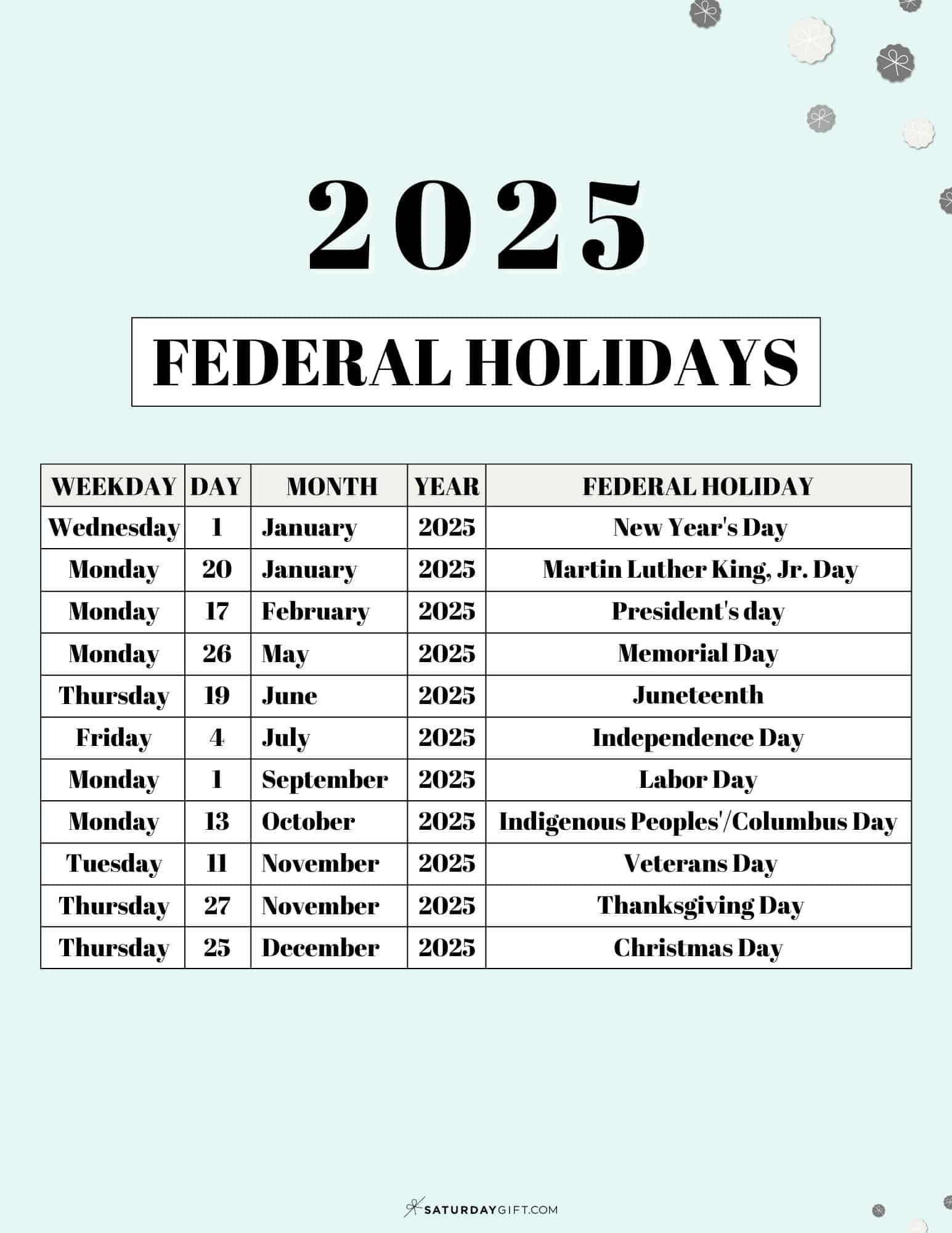
Predicting the future with absolute certainty is a task beyond human capability. However, by analyzing current trends and anticipating potential shifts, we can construct a framework for understanding the likely landscape of payroll and holiday schedules in 2025. This exploration will delve into the key factors shaping this landscape, providing insights into the potential challenges and opportunities for businesses and employees alike.
The Shifting Landscape of Work:
The world of work is undergoing a profound transformation. The rise of remote work, flexible schedules, and gig economy platforms has fundamentally altered the traditional employee-employer relationship. This shift has significant implications for payroll and holiday scheduling, demanding adaptability and innovation from both employers and employees.
Emerging Trends in Payroll and Holiday Scheduling:
1. Automation and Digitalization:
The automation of payroll processes is already a reality for many businesses. This trend is expected to accelerate in the coming years, driven by advancements in artificial intelligence (AI) and machine learning. This automation will streamline payroll calculations, reduce errors, and free up human resources for more strategic tasks.
2. Personalized Work Arrangements:
The demand for personalized work arrangements is increasing. Employees are seeking greater control over their schedules and work locations. This trend necessitates flexible payroll systems that can accommodate varying work hours and locations, ensuring accurate and timely payment.
3. The Rise of the Gig Economy:
The gig economy is expanding rapidly, presenting unique challenges for payroll and holiday scheduling. Gig workers often have irregular work schedules and may not be eligible for traditional employee benefits, such as paid time off. This requires innovative solutions for tracking hours, calculating pay, and managing benefits for this growing segment of the workforce.
4. The Impact of Globalization:
Globalization continues to blur geographical boundaries, creating a more interconnected workforce. Businesses with international operations face complex challenges in managing payroll and holiday schedules across different time zones and cultures. This necessitates sophisticated systems that can handle currency conversions, tax regulations, and diverse holiday observances.
5. Sustainability and Well-being:
Growing awareness of sustainability and employee well-being is influencing payroll and holiday scheduling practices. Businesses are increasingly incorporating policies that promote work-life balance, encourage environmentally conscious practices, and prioritize employee health and happiness.
Navigating the 2025 Payroll and Holiday Schedule:
1. Embracing Technology:
Investing in advanced payroll systems that leverage automation and AI is crucial. These systems can streamline payroll processing, reduce errors, and enhance compliance with evolving regulations.
2. Adapting to Flexibility:
Businesses need to embrace flexible work arrangements, offering employees greater control over their schedules and work locations. This requires robust payroll systems that can accommodate varying work hours and locations, ensuring accurate and timely payments.
3. Managing the Gig Economy:
Implementing systems that can effectively manage gig workers’ pay and benefits is essential. This includes robust platforms for tracking hours, calculating pay, and providing access to necessary benefits.
4. Globalizing Payroll:
Businesses with international operations need to invest in global payroll solutions that can handle currency conversions, tax regulations, and diverse holiday observances.
5. Prioritizing Sustainability and Well-being:
Incorporating policies that promote work-life balance, encourage environmentally conscious practices, and prioritize employee health and happiness is becoming increasingly important.
FAQs Regarding 2025 Payroll and Holiday Schedules:
1. What are the key technological advancements expected in payroll processing by 2025?
The most significant advancements are likely to be in AI-powered automation, blockchain technology for secure and transparent transactions, and cloud-based platforms for greater accessibility and scalability.
2. How will the rise of the gig economy affect payroll and holiday scheduling?
The gig economy necessitates flexible and scalable payroll systems that can accommodate irregular work schedules and variable pay structures. It also raises questions about benefits and tax obligations for gig workers.
3. What are the potential challenges of managing payroll and holiday schedules across different time zones and cultures?
Challenges include ensuring accurate currency conversions, navigating different tax regulations, and respecting diverse cultural holidays and observances.
4. How can businesses promote employee well-being through payroll and holiday scheduling?
Businesses can offer flexible work arrangements, provide generous paid time off, and encourage employees to use their time off for rest and rejuvenation.
5. What are the ethical considerations surrounding automated payroll systems?
Ethical considerations include ensuring data privacy and security, minimizing the risk of bias in algorithms, and protecting the rights of workers in the face of automation.
Tips for Navigating 2025 Payroll and Holiday Schedules:
1. Proactive Planning:
Develop a comprehensive strategy for managing payroll and holiday schedules in the future, considering the evolving landscape of work.
2. Continuous Learning:
Stay informed about the latest technological advancements, regulatory changes, and emerging trends in payroll and human resources.
3. Employee Engagement:
Engage employees in the development and implementation of payroll and holiday scheduling policies, ensuring their needs and preferences are considered.
4. Collaboration and Partnerships:
Collaborate with payroll providers, technology vendors, and other stakeholders to ensure seamless integration and efficient processes.
5. Data-Driven Decisions:
Utilize data analytics to identify trends, optimize scheduling, and ensure accurate and timely payroll processing.
Conclusion:
The future of payroll and holiday scheduling is likely to be characterized by increased automation, flexibility, and personalization. Businesses that embrace these trends, invest in appropriate technology, and prioritize employee well-being will be best positioned to navigate this evolving landscape. By anticipating the challenges and opportunities ahead, businesses can create a more efficient, equitable, and fulfilling work environment for all.

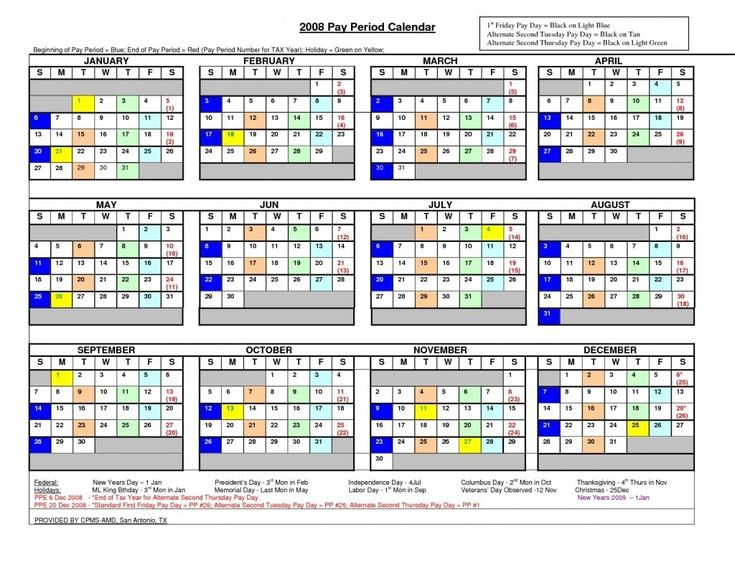

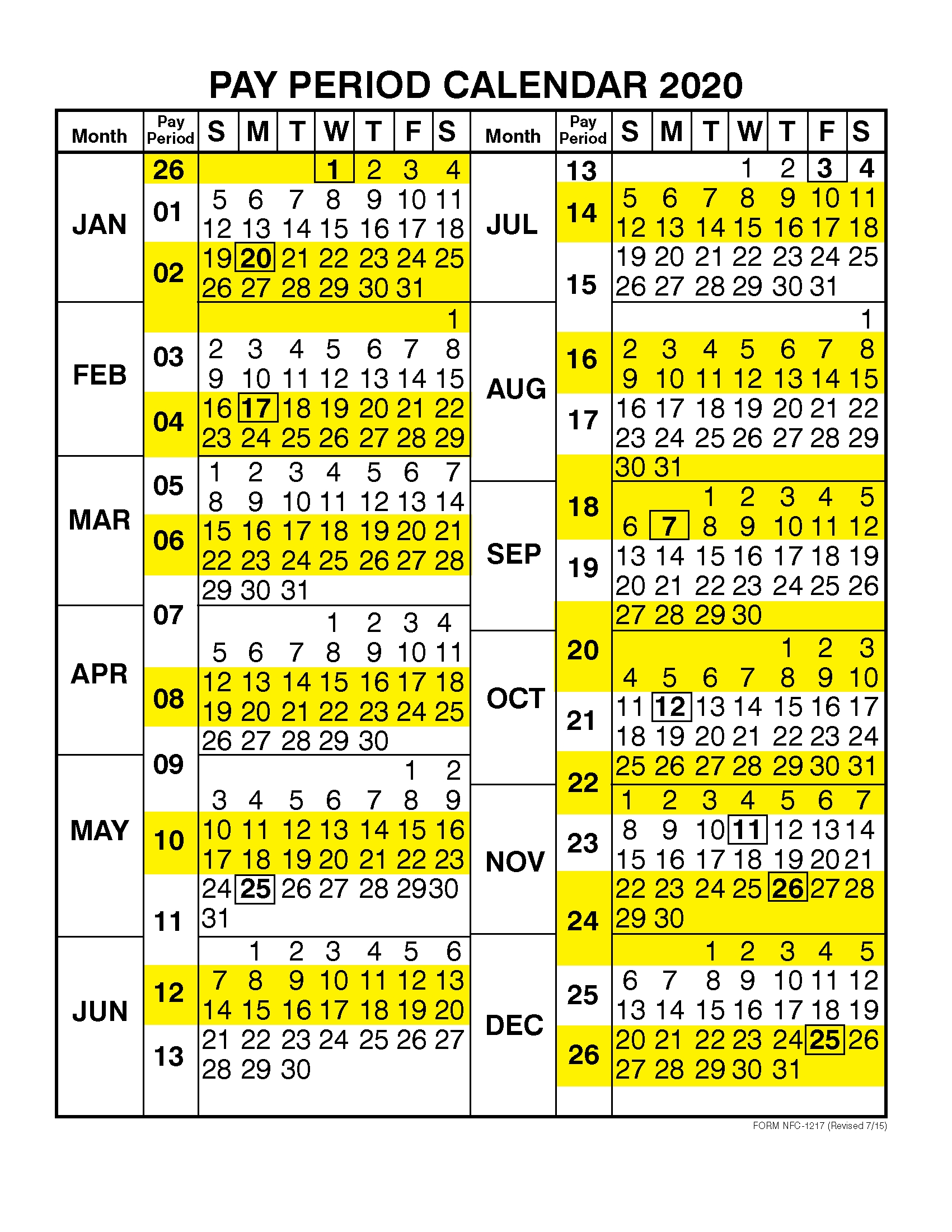
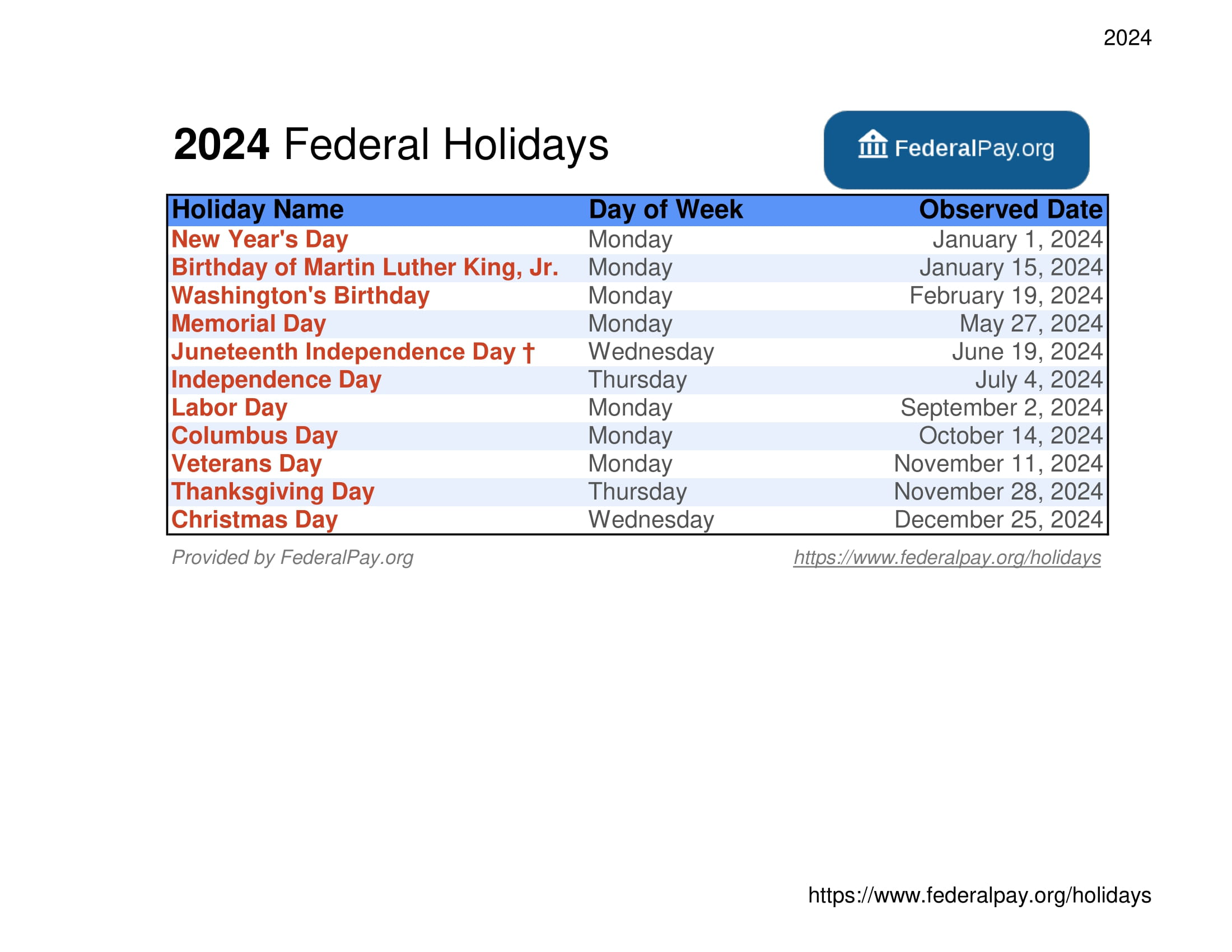
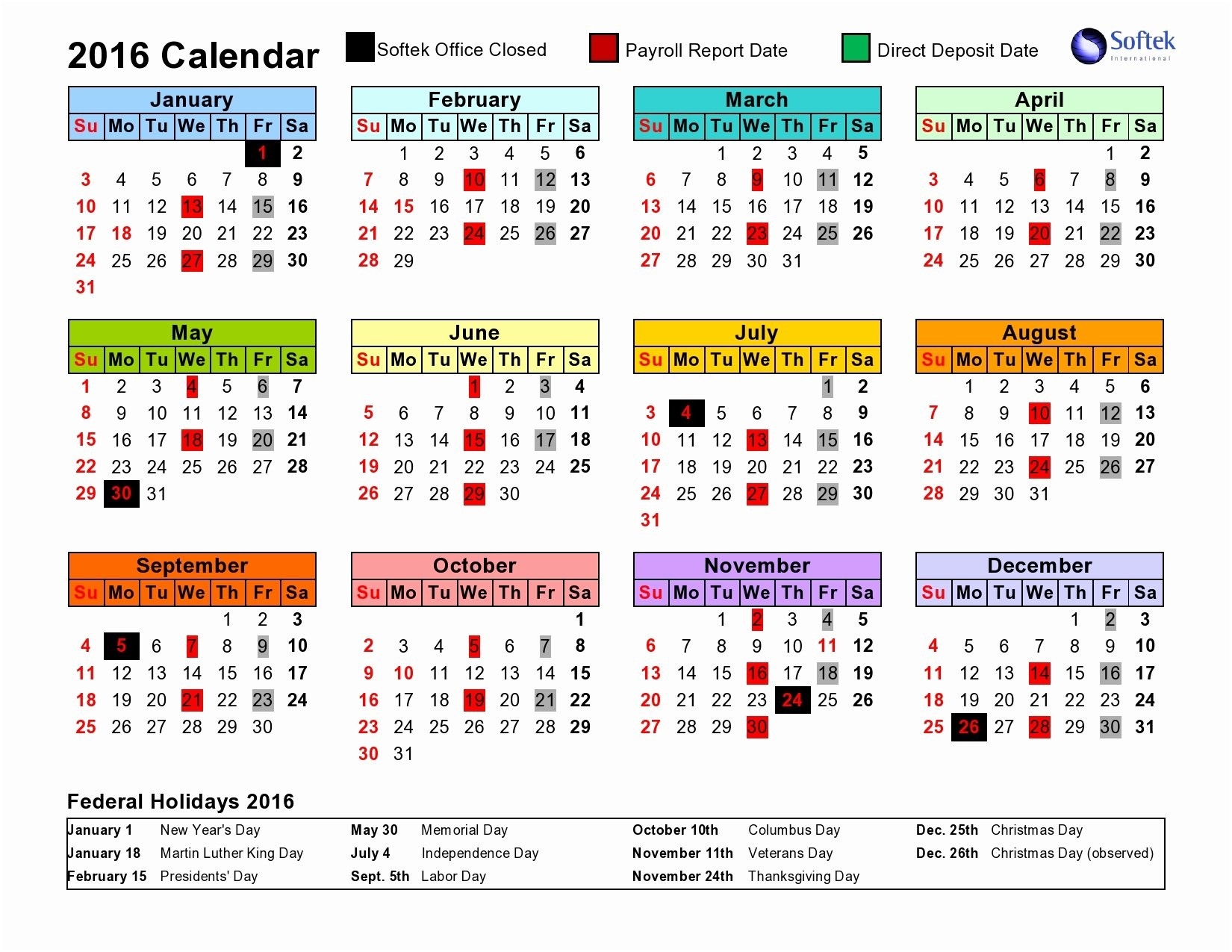
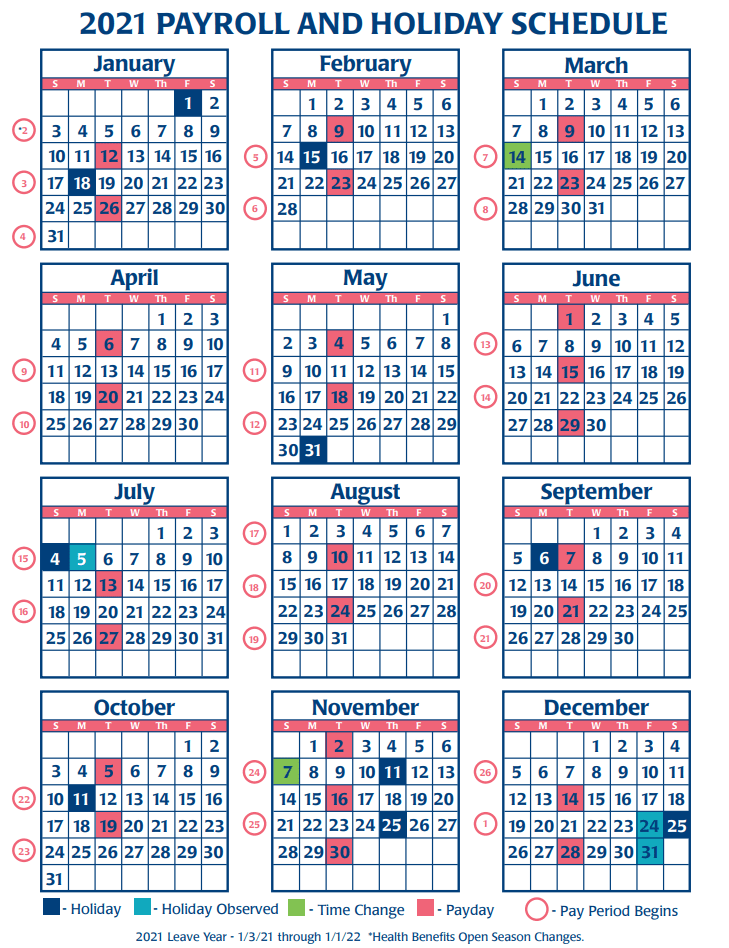
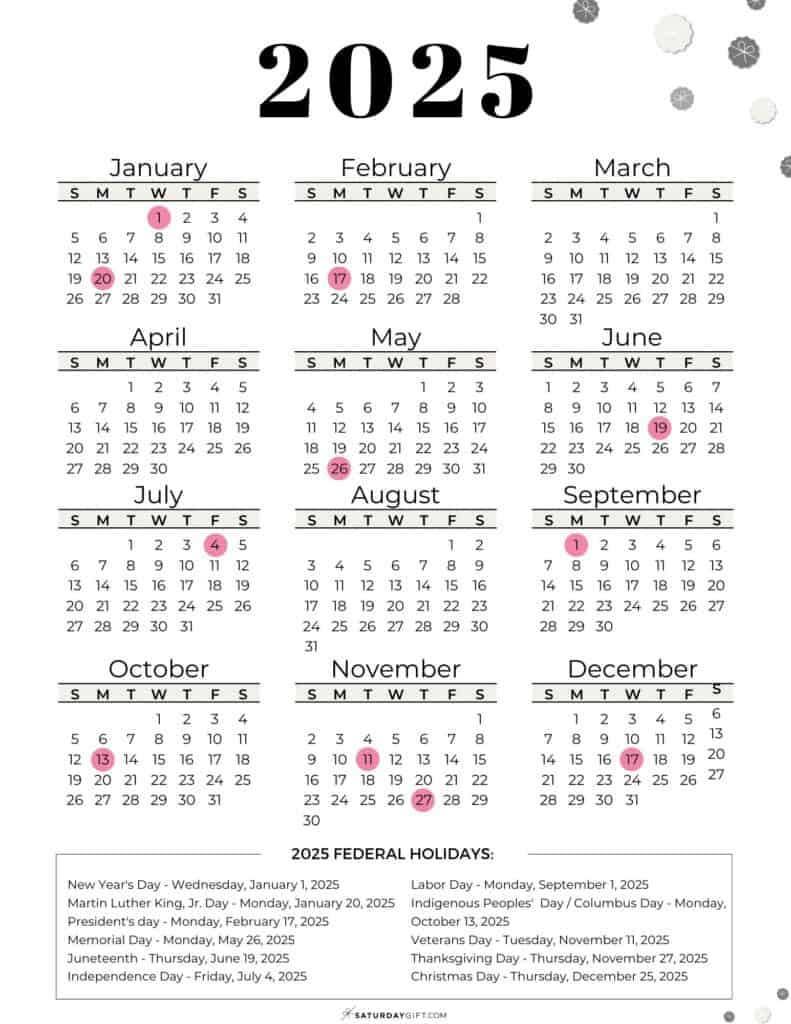
Closure
Thus, we hope this article has provided valuable insights into Navigating the Future: A Guide to 2025 Payroll and Holiday Schedules. We thank you for taking the time to read this article. See you in our next article!